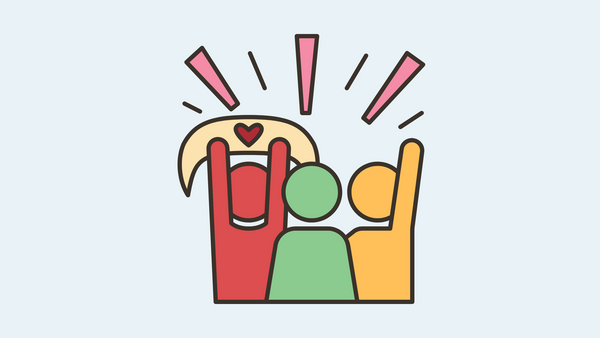I remember when I started my first few businesses. I was always so excited to figure out a cool name, create a slick logo, and create a good-looking website. I spent hours, sometimes days, getting all of that just right.
Here’s the truth - none of it was ever just right.
Some businesses came together better than others.
I remember when I started SouthFound, my community for spotlighting amazing but unknown southern startups. I loved the name. Everyone else turned it into SouthBound.
I do miss the podcast and interviewing lots of cool startups.
A lot of the entrepreneurs I have worked with focus on these aspects of starting of business. Some even get completely hung up on the branding pieces of launching a new venture.
Others get stuck coming up with the perfect offering. They spent months, even years, trying to figure out the perfect product or service to sell. They worry about finding the perfect pricing structure that they constantly change it around.
If any of this speaks to how you’ve launched a business, you are doing it wrong.
There is an alternative that will help ensure you don’t waste your time on all the things that don’t really matter.
The best part is that this alternative will lead you to amazing branding with the perfect offering at the right price.
Define your audience first
Taking this path means that you will have to put off the really fun stuff in a business. I call it the fluffy stuff. Things that get people excited about starting a new venture, which are the things that bring that business to life.
Instead, focus on defining your audience. Who are the customers that you will serve through this business? Marketing folks might call these people your audience or target market, or even user persona.
When you are able to define your audience in a lot of detail, it becomes easier to do all the fluffy stuff.
Branding is a synch because you understand their buying habits. You can compare the other brands they support to yours and mirrors those tastes. For example, have you ever noticed that a lot of fast-food restaurants use the color red? Logos become easier to design because you know if your audience prefers modern or classic or some other type of design.
Building out products is also easier. If the audience you are trying to serve doesn’t want a phone with a keyboard embedded into it, then you know you have to design a phone where the keyboard is on screen. Maybe your audience is focused on health. If so, you know that you will need some sort of health and fitness component built into your watch. If your audience doesn’t care about these things and you build them, then you wasted valuable development resources on features that don’t add value.
Understanding your audience also pays dividends when pricing your products or services. Is your audience price-sensitive, or do they willingly pay for high-end products? Companies designing mega yachts don’t build them with bass fishermen in mind unless they are really, really successful fishermen.
When this doesn’t work
Understanding your audience can help with products that are already in the marketplace. However, where it really shines is with new products. With a new product, I like to start the discovery phase well in advance of when the product will be ready to go to market. For software, that depends on your release cycle. With the products I work with, I like to start the discovery phase a good 3-6 months before the development teams start their work. This ensures I know the audience well, I understand their pain points, and I have well-defined criteria for how the product should solve those pain points.
Of course, there is a tradeoff. With new products, you don’t always know who your target audience might be. With existing products, there is the benefit of knowing who the target users are. They may just be the wrong target users.
If you’ve found this information helpful, I hope you’ll do two things for me.
1) Subscribe to this newsletter. That way, new copies are delivered directly to your inbox.
2) Share this newsletter with one other person that you think might benefit from the information I share.
